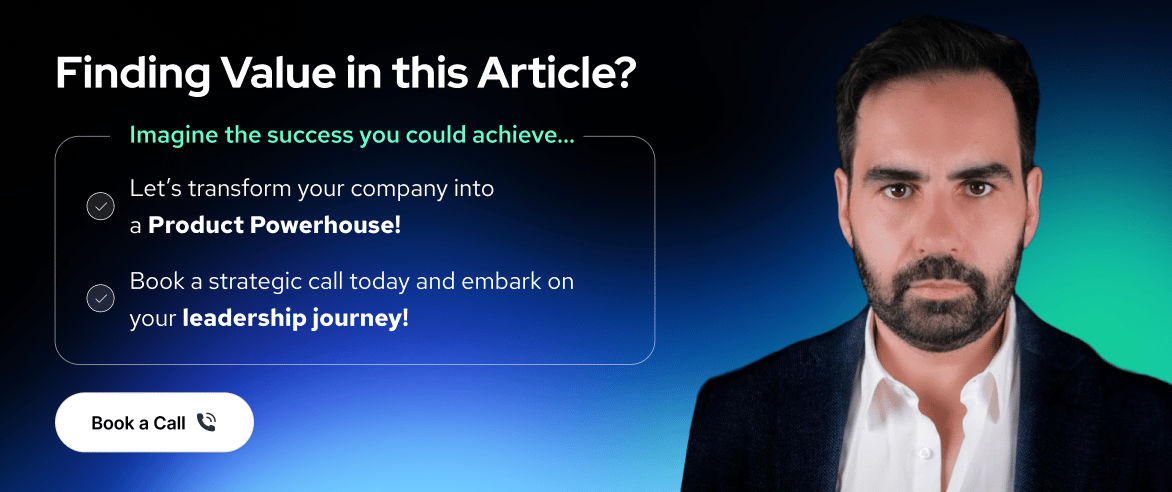Share this
Product Discovery Framework For Digital Product Companies
by Gerard Chiva on Jan 13, 2024 6:13:21 AM
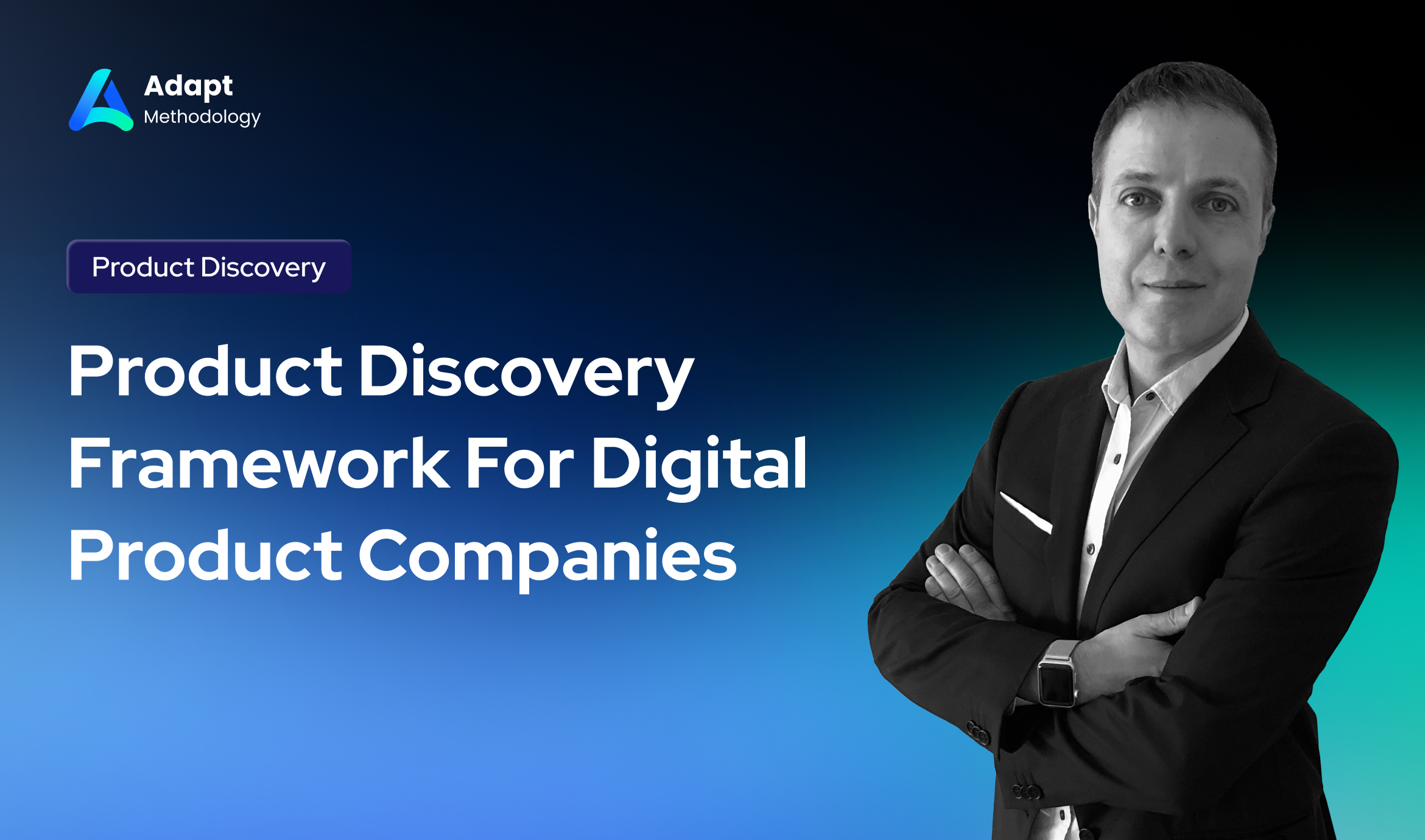
Most people get excited when they are introduced to Product Discovery but they are usually overwhelmed by the unpredictability of the process. They don’t know what to do, when, and how much. To solve this problem we have developed a product discovery framework that brings structure to the creative process of discovering what to build.
ADAPT Methodology® is a unique Digital Product Development framework to change traditional project-centric companies toward product-led companies!
Society changed and leaders need support in the way how they lead and design their digital product organizations, that is the reason why the ADAPT Methodology® was created, but now let’s get a deep dive into the Product Discovery Framework topic.
Product Discovery is often a messy process. It is non-linear and unpredictable and the size and type of work may vary tremendously every week.
The Product Discovery Framework is the implementation of the famous PDCA cycle for the two main activities required to successfully validate product ideas: Exploration and Validation. Both cycles are connected as an infinity symbol with a key decision point in between.
At every iteration of either loop, you have to decide if you want to exit (Kill or Build) if you want to iterate more of the current loop, or if you want to jump to the other loop.
We also want to make sure that Product Discovery is always responding to a business outcome, a business goal, or a problem with your product growth. That’s the reason the starting point is always the Goal.

The Goal
Everything starts with a goal. This goal can be a business objective, a problem with your product growth, or perhaps a theme in the roadmap.
This step is the initial kick-off and it is fundamental for the success of the Product Discovery process.
Once the goal and success criteria is clear we must do the following:
- Design the Team
- Create a Supportive Environment
- Build Alignment
The Exploration Loop
The Exploration Loop consists of exploring the problem space. Here we want to really understand customers’ needs and pain points by combining qualitative with quantitative research techniques.
It is composed of three phases: Research, Ideate, and Evaluate.
The result of the exploration loop is ideas worth pursuing: possible solutions for customers’ jobs to be done.
Research
The purpose of research is to understand users’ and customers’ needs.
Here you must combine qualitative techniques such as customer observation or interviews with quantitative research techniques like surveys or market research.
The jobs-to-be-done framework has proved very successful in really understanding needs and developing innovative solutions.
Ideate
The purpose of the Ideation step is to discover opportunities for achieving or improving the expected outcomes (needs) identified for our customers during the Research.
Evaluate
The purpose of Evaluation is to prioritize opportunities identified in the Ideation phase and decide which ones move forward toward the Validation loop.
The Validation Loop
The Validation Loop consists of exploring the solution space. We analyze at different levels of detail the possible solutions to customers’ needs in the form of prototypes.
Prototype
Depending on what you want to validate and to what level of accuracy there are different types of prototypes you might want to build, as well as different tools to build those prototypes.
You will design your experiments based on your validation questions or the product hypothesis you want to test.
Test
You can use the same prototype to perform different types of tests (or experiments). Sometimes the prototype is the actual test, sometimes it will be the platform upon which you will run different types of tests.
We provide you with different templates to organize your hypothesis and transform it into effective tests, design experiment pairs, and experiment funnels.
Learn
The last step of the validation loop is to make sense of the learnings. You must manage the insights resulting from experimentation and decide what to do next: further validation, prepare for delivery, go back to exploration, kill, or pivot.
Decision Point
At every iteration of either loop of the Product Discovery Framework, there is always a visit to the decision point.
If you are in Exploration you might decide if you need further exploration of the problem space or if you can already move forward to the Validate Loop.
If you are in Validation, when you get to the decision point you must decide one of the following:
- Kill – you do not go forward with the idea because the hypothesis was invalidated by one of the experiments
- Pivot – you go back to the Exploring loop for the same idea because you learned something new that requires research
- Persevere – you continue in the Validation loop to perform more experiments on the same hypothesis because your insights are not conclusive
Connecting the Dots with Impact Mapping
We use an adaptation of the famous Impact Mapping tool to help you organize your Product Discovery tasks. Impact Mapping allows us to connect the goal to the delivery by analyzing actors, outcomes, ideas, and experiments.
With Impact Mapping we can visually interconnect all the elements of the Product Discovery Framework, as well as provide visibility to stakeholders and alignment for the team.
However, Impact Mapping is a map, so it doesn’t change too often. So, to keep track of all your product discovery efforts, organize your team’s work, and manage dependencies we recommend the adoption of Discovery Kanban.
Kanban for Product Discovery
Kanban for Product Discovery (AKA Discovery Kanban) is the adoption of Kanban principles and practices to the upstream process of deciding what to build.
We recommend that you split the board into Exploration and Validation.

Conclusion
Every time we learn something new it’s useful to have certain guidelines that we can follow for a certain time. As we become experts we see things we don’t like, points for improvement or we just want to change things to adapt to our context.
With our Product Discovery Framework, we bring you the guidelines to successfully getting started with Product Discovery in your Agile Team or Product Team.
Did you like this article?
We enable leaders to become highly valued and recognized to make an impact on the World by helping them to design Digital Product Companies that will thrive and nourish in the Digital Age, we do this by applying our own ADAPT Methodology®.
Share this
- Agile Methodologies (18)
- Product Strategy (18)
- OKRs (16)
- Scrum (16)
- Product Mindset (14)
- Project To Product (10)
- Agile Retrospectives (9)
- CoPs (9)
- Knowledge Sharing (9)
- Time To Market (8)
- Product Discovery (7)
- Continuous Improvement (5)
- Strategy (5)
- Scrum Master (4)
- Content Marketing Strategy (3)
- Product Owner (3)
- Technical Excellency (3)
- Digital Transformation (2)
- Innovation (2)
- Scaling (2)
- Team Building (2)
- Business Model (1)
- Cost Of Delay (1)
- Customer Feedback (1)
- Customer Journey (1)
- Customer Personas (1)
- Design Thinking (1)
- Digital Leadership (1)
- Digital Product Tools (1)
- Go To Market Strategy (1)
- Google Design Sprint (1)
- Lean Budgeting (1)
- Lean Change Management (1)
- Market Solution Fit (1)
- Organisational Impediments (1)
- Outsourcing (1)
- Product (1)
- Product Metrics (1)
- Product Roadmaps (1)
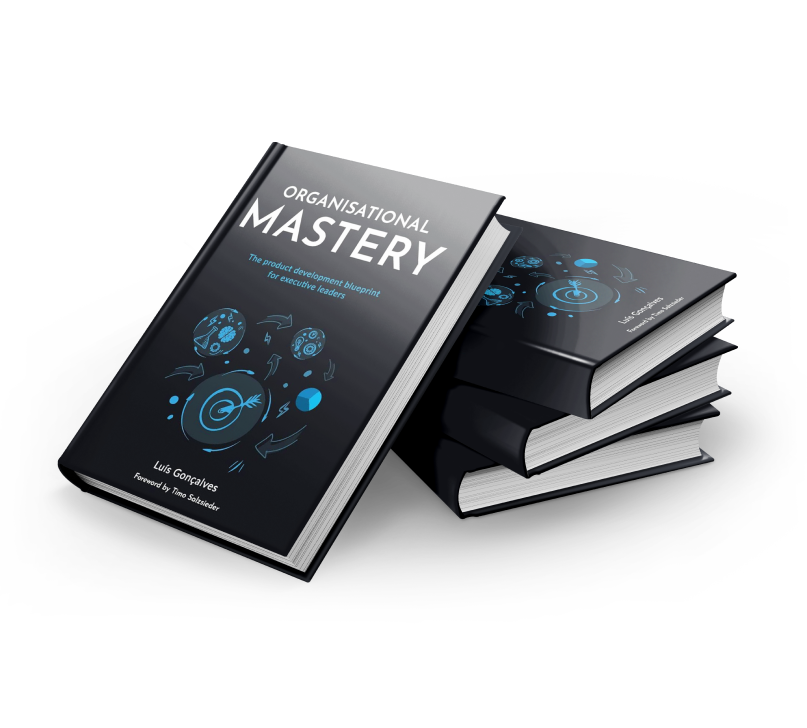
Organisational Mastery
Get your free copy
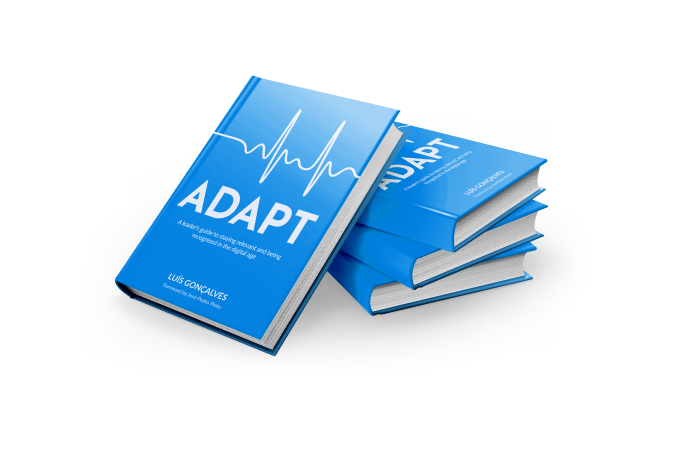
ADAPT
Get your free copy
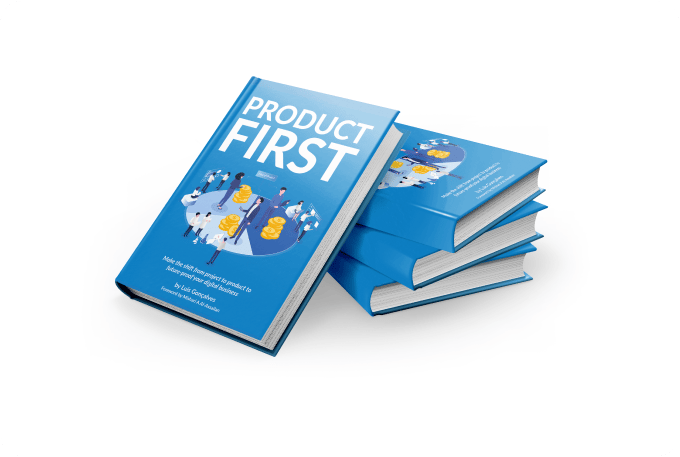
Product First
Get your free copy

